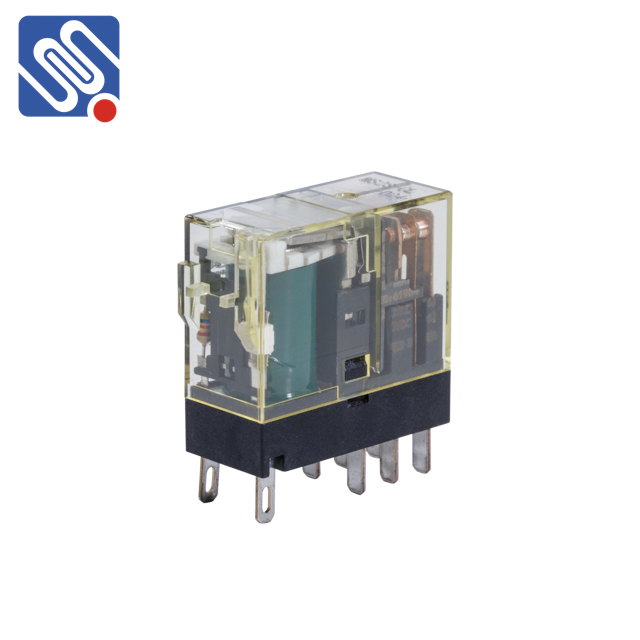Relay type selection plays a crucial role in designing reliable and efficient electrical circuits, particularly in automation systems, power control, and industrial applications. A relay is an electrically operated switch used to control high-power circuits with a low-power signal. Its primary function is to open or close a circuit based on the control signal, which helps prevent direct human intervention in potentially hazardous electrical operations. Selecting the right type of relay is essential for ensuring system stability, performance, and safety. This article discusses the key factors to consider when choosing a relay type, and how each factor influences the selection process.

1. Understanding the Load Type The first step in selecting a relay type is determining the nature of the load it will control. Loads can vary greatly, from simple resistive loads like incandescent lights to inductive loads such as motors or transformers. Different loads require different relay specifications to handle their unique characteristics. For resistive loads, the relay should have a contact configuration that can manage the continuous flow of current without excessive wear. For inductive loads, such as motors, the relay needs to handle inrush currents, which are significantly higher than the steady-state current. Therefore, selecting a relay with contacts designed to handle high inrush currents or incorporating features like arc suppression is crucial.